The Neolithic beers in China (7000-3000 BC)
Is the globular shape of the jars found in China at sites from the early Neolithic period related to beer brewing? The same question applies to archaic amphorae and more recent finds at Neolithic sites in China.
- The beers are brewed with all starchy plants, cereals (millet, rice) but also tubers, beans and starchy fruits.
- Two brewing methods coexist: beer ferments and the malting of grains, mainly millet.
This increasingly concordant information gathered on beer brewing in the Neolithic period covers a relatively long Neolithic period, between 7000 and 3000 BC. They raise a new question. Do the shape and size of the jars and amphorae used to brew and store beer have anything to do with brewing methods and a more intensive consumption of beer from 4500 BC onwards? To corroborate this analysis, two sets of research are being undertaken by Li Liu's team.
In 2019, they confirm that the globe-shaped jars discovered at many Neolithic sites are indeed used to brew beer with the two brewing methods already identified in 2016: beer ferments and grain malting. These globular jars predate the pointed-bottom amphorae called jiandiping which were used between 4000 and 2500 BC to brew beer in the same area of the middle Huang-He basin and the Wei river.
In 2020, the investigation covers the period 5000-4000 BC to fill a chronological gap between the ancient globular jars (Jiahu, ancient Neolithic of Yangshao, between 7000 and 5000 BC) and the large jiandiping pointed-bottom jars that appeared around 4000 BC. The analysis confirms that these ancient Banpo-type amphorae were also used to brew beer.
In summary, Li Liu's researches restore a complete chronological sequence for the Neolithic and the brewing of beer in the Huang-He region. It ranges from Jiahu (≈6000 BC) to the recent sites of Mijiaya/Xinjie, Dingcun and Yangguanzhai (4000-3000 BC) and runs through an intermediate period (Banpo IV) with the use of the ancient beer amphorae.
A. The globular jars of Lingkou and Guantaoyuan (2019).
Two new Neolithic sites about 300 km apart were tested: Lingkou (Lintong district) and Guantaoyuan (Baoji district), both near the Wei River in Shaanxi (see map). The samples analysed for Lingkou and Guantaoyuan date respectively from 5900-5000 BC and 5800-4900 BC, the Early Neolithic period in this region of China. Namely 3 shards of globular jars and 3 shards of tripods for Lingkou, 14 shards (jars, bowls, tripods, perforated basin) and millstones for Guantaoyuan[1].
The plants used to brew beer are those already identified in Mijiaya and Dingcun, and in addition beans and ginger.
| Genus/Species | Identified plants | Lingkou | Guantaoyuan |
| Panicoideae | Broomcorn millet (Panicum miliaceum) | X | X |
| Foxtail millet (Setaria italica) | mainly | X | |
| Job’s tears (Coix Lacryma-jobi) | X | X | |
| Triticeae | Grasses genus Agropyron, Elymus and Leymus | X | X |
| Oryza sp. | A domesticated form of rice, since no evidence suggests that the Wei River region was within wild rice’s (Oryza rufipogon) endemic range | Lingkou only | Missing |
| Cucurbitaceae | Snake gourd (Trichosanthes kirilowii). Commonly found and grown in north China. | little | Guantaoyuan mainly |
| Zingiber sp. | Ginger roots have been used as spice and medicine. | X | X |
| Roots and tubers | Yam (Dioscorea polystachya) | Missing | X |
| Bulbs of Lilie (Lilium sp.) | Missing | X | |
| Fabaceae | Beans. Perhaps wild species of Vicia pea. 17 species of Vicia peas grow in Shaanxi. | X | X |
Lingkou borders two rivers, while Guantaoyuan lies on a high terrace. This difference may explain the presence of rice in Lingkou and its absence in Guantaoyuan, conversely the presence of starchy roots (lily bulbs, yam) only in Guantaoyuan. Variable starch resources may explain the different brewing methods that emerge from the analysis of the microorganisms.
Two brewing methods :
In Lingkou, the structure and distortions of the starch granules involves germination and fermentation, two hints to the brewing with millet malt. Phytoliths that come mainly from the husks of millet or rice grains show that the whole grains have been brewed, probably after germination. This means that we are dealing mainly with a brewing using malted millets.
In Guantaoyuan, the brews contain more leaf and root phytoliths. The presence of two amylolytic fungi, Rhizopus and Aspergillus oryzae, indicates the use of beer ferments for the Guantaoyuan site only. The presence of hyphae and sporangia implies that these strains of fungi have developed during the manufacture of ferments under favourable conditions of temperature, humidity and nutrients. We are dealing with a (spontaneous or controlled) culture of amylolytic fungi.
Once these two brewing methods have been identified and dated, the question arises as to how they relate to the shape of the jars and pots clearly used for beer making. The oldest vessels are globular in shape. They have been found at many sites and roughly cover the period between 7000 and 5000 BC.
From 4000 BC, a new vessel shape appears: the jar with a pointed bottom, the amphora called jiandiping. This amphora is associated with the funnel and the multi-perforated terracotta cooker. This brewing kit is developed throughout the Yangshao culture, between 4000 and 3000 BC. During this period, the amphoras slowly increase in size until they reach almost 1 m high (0.87 cm avg.). This can be interpreted as an indication of increasing beer consumption and ceremonies involving ever larger groups. The proportion of grains taken from the harvest to brew beer is also increasing, in line with the expansion of agriculture. The improvement of brewing techniques and tools is a phenomenon linked to the emergence of social hierarchies.
Is it possible to analyse the function of beer jars and amphorae?
The globular jar with its more or less narrow neck is an ideal container for the germination of grains and the fermentation of a semi-solid mass of grains, the latter technique corresponding to the use of beer ferments. Its use is technically very wide: from cooking soups to the fermentation of more or less thick groats. However, its narrow opening allows an easy and efficient closing, which is suitable for liquids that need to be isolated from the air, not necessarily for open-pot cooking.
The later amphora jiandiping is also more specialized. It is suitable for liquids. Its pointed bottom implies that it is semi-buried and upright. Its height favours the convection of liquids under the effect of the temperature gradient between the bottom and the neck. It is the ideal jar for the fermentation of liquids, for beer brewed by infusion of a mixture of malted grains and roots or tubers rich in starch. The same remark applies about its easy closure thanks to the long, narrow neck.
B. Archaic amphorae for brewing beer (2020).
Between 5000 and 4000 BC, an amphora with a more archaic shape predates the pointed amphora jiandiping. Of stocky shape, with a pointed bottom and narrow neck with a cup-shaped mouth, often with two lateral handles, it also belongs to the Neolithic culture of Yangshao. Li Liu's team analysed 11 amphorae of this type exhumed from the two sites of Banpo and Jiangzhai, in tombs or dwellings[2].
The results cross-check and confirm the data already obtained on other archaeological sites in the region. These amphorae were used to brew beer with two competing or complementary brewing methods. These amphorae were usually interpreted as jars for drawing, storing or transporting water. The scientific analyses of Li Liu and his colleagues upset this opinion. Brewing beer needs water. But the main use of these amphorae was the preparation of beer. These amphoras filled all the stages of the brewing process: fermentation (amphora shape), storage (pointed bottom, semi-buried amphora), serving the beer (neck shape), and finally fermented drink offerings (amphoras found in graves or recycled as funeral urns).
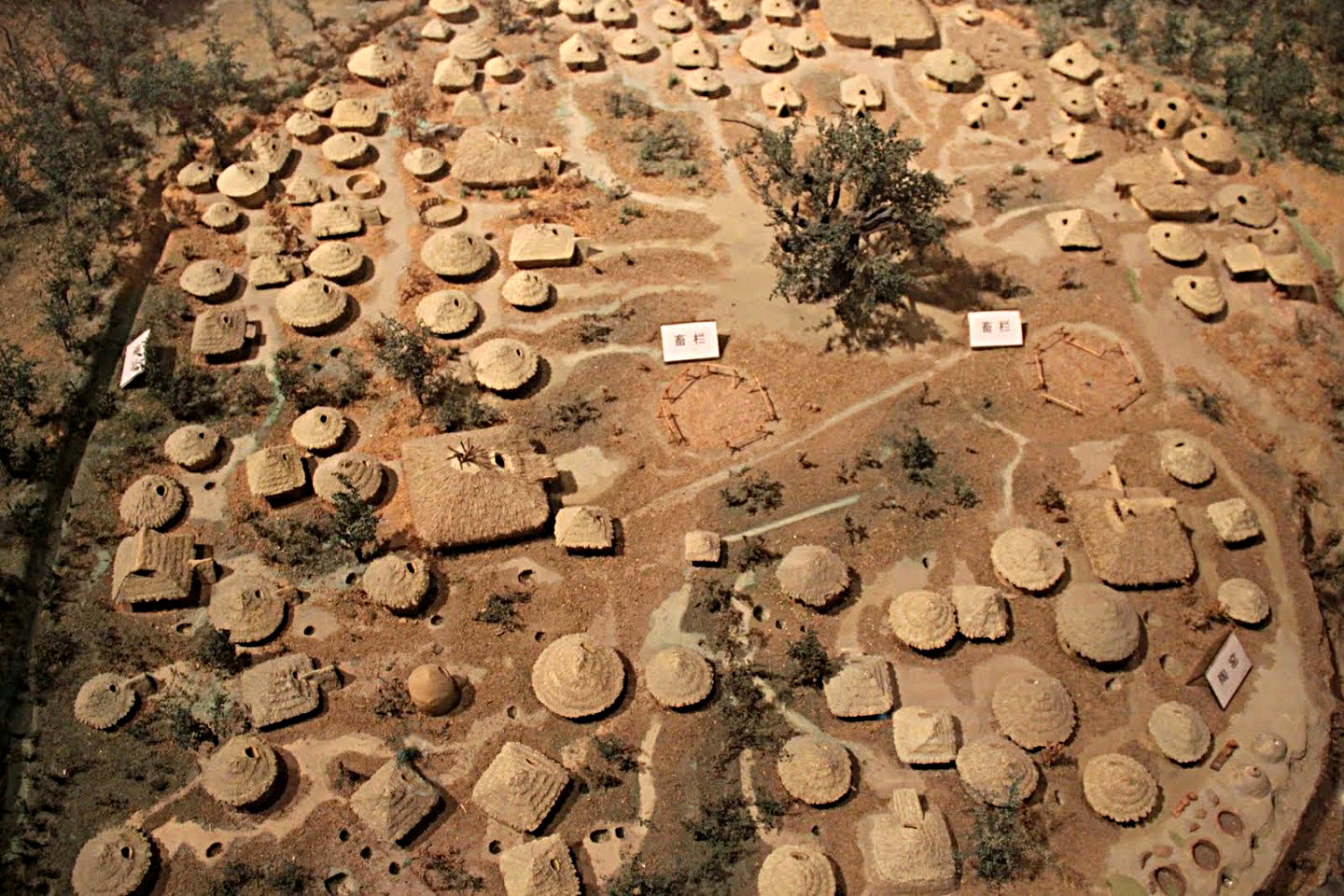 Hypothetical reconstruction of the village of Jiangzhai, Banpo region, during the ancient Yangshao period. Model of the National Museum of China, Beijing; Furnaces (bottom right), storage pits between houses, collective structures. Example of a complex village.
Hypothetical reconstruction of the village of Jiangzhai, Banpo region, during the ancient Yangshao period. Model of the National Museum of China, Beijing; Furnaces (bottom right), storage pits between houses, collective structures. Example of a complex village.
Switching from water to beer is not insignificant when one wants to understand the way of life of human groups in the Neolithic period. Alongside hunting and fishing, the fermented drinks made from cereals, tubers and starchy fruits became more and more important in their lives. The social role of beer grows. Its symbolic role is built up as indicated by funeral offerings.
These latest discoveries bridge the 1000 year gap between the Early Neolithic and Late Neolithic of Yangshao. This is a substantial and magnificent achievement.
The proto-history of Chinese brewing is now documented over 4 millennia, between 7000 and 3000 BC, for the middle Huang-He basin. This long chronological sequence is the first such complete timeline about brewing for such an ancient period achieved in the world. Similar and extensive research in the Yangtze basin may reveal surprises in one area where rice and tubers were the staple foods, not millet.
Analytical methods can be refined to characterise other brewing methods such as insalivation or amylolytic plants. The action of ptyalin (human saliva) or amylases from plants probably do not leave the same signatures in starch granules.
The methods of archaeological analysis used in China can be applied in other regions of the world which have a rich protohistory of beer (Middle East, South-East Asia, Central Asia, India, Africa, South & Central America, Europe). A European team has recently proposed a new marker to detect the action of malting on grain residues. It has the comparative advantage of being applicable to very damaged grain residues, even burnt or crushed. It also has a limitation: only the malting method can be identified. Other brewing methods will remain invisible without an analysis of the residues of microscopic fungi.
C. Is the beer-ferment (qu starter) technique a Chinese invention?
It is not certain that the beer-ferments method (also called qu starter following the late litterary traditon) is a Chinese invention if by "Chinese" we mean the Yellow River region 7000 years ago. This is the oldest dating provided by the Lingkou and Guantoyuan sites. Indeed a remarkable result in its own.
The concept of invention is inappropriate when applied to food technology. The origin of beer ferments is undoubtedly complex because it stems from prehistory during which all fermented drinks were combined. At the time of Jiahu, beer stricto sensu was not yet born. Fermented beverages from starch (beers) has not yet separated from the common core of alcoholic beverages, which are at the same time and all together technically mead, beer and wine. The prehistoric foundation of undifferentiated fermented drinks is shared by all Asian human groups. The technique of beer fermentation may have been developed in Central Asia, for example, and then brought to the Yellow River basin by non-sinised populations. In this field, the quest for "inventors" or for the craddle of origins is illusory.
On the other hand, the technique of beer ferments is known in parts of the world in protohistoric times where contacts with central China have yet to be proven. Indian brewers in the Indus and Ganges basins used beer ferments kinva more than 3500 years ago. The Native Americans of the Caribbean are familiar with this technique for brewing sweet potato beer (mabi). It is documented for the modern period (16-17th centuries), however certainly older, without assuming a Chinese influence. At that time, only the maritime route of the Manila Galleon connects Central America and the Philippines.
The beer ferment bubod in the Philippines could have been borrowed from Chinese brewing techniques. It would be necessary to prove it and especially to specify the chronology. Under the Ming, Admiral Zheng He's account of his maritime journeys contains numerous references to the brewing peoples of the Southern Seas (Java, Sumatra). These journeys undertaken between 1405 and 1433 are too late to deduce from them borrowings of brewing methods from southern China in much older times.
In short, beer ferments are known and used by all Asian peoples, from India to Japan, from China to Java. A brewing technique used over such a vast geographical area can hardly originate from a single source, as old as it may be.
[1] Li Liu, Jiajing Wang,Maureece J. Levin, Nasa Sinnott-Armstrong, Hao Zhao, Yanan Zhao, Jing Shao, Nan Di, and Tian’en Zhang, The origins of specialized pottery and diverse alcohol fermentation techniques in Early Neolithic China, PNAS June 2019. 0. pnas.org/content/116/26/12767
[2] Li Liu, Jiajing Wang & Huifang Liu, The brewing function of the first amphorae in the Neolithic Yangshao culture, North China, Archaeological and Anthropological Sciences volume 12 (2020). doi.org/10.1007/s12520-020-01069-3



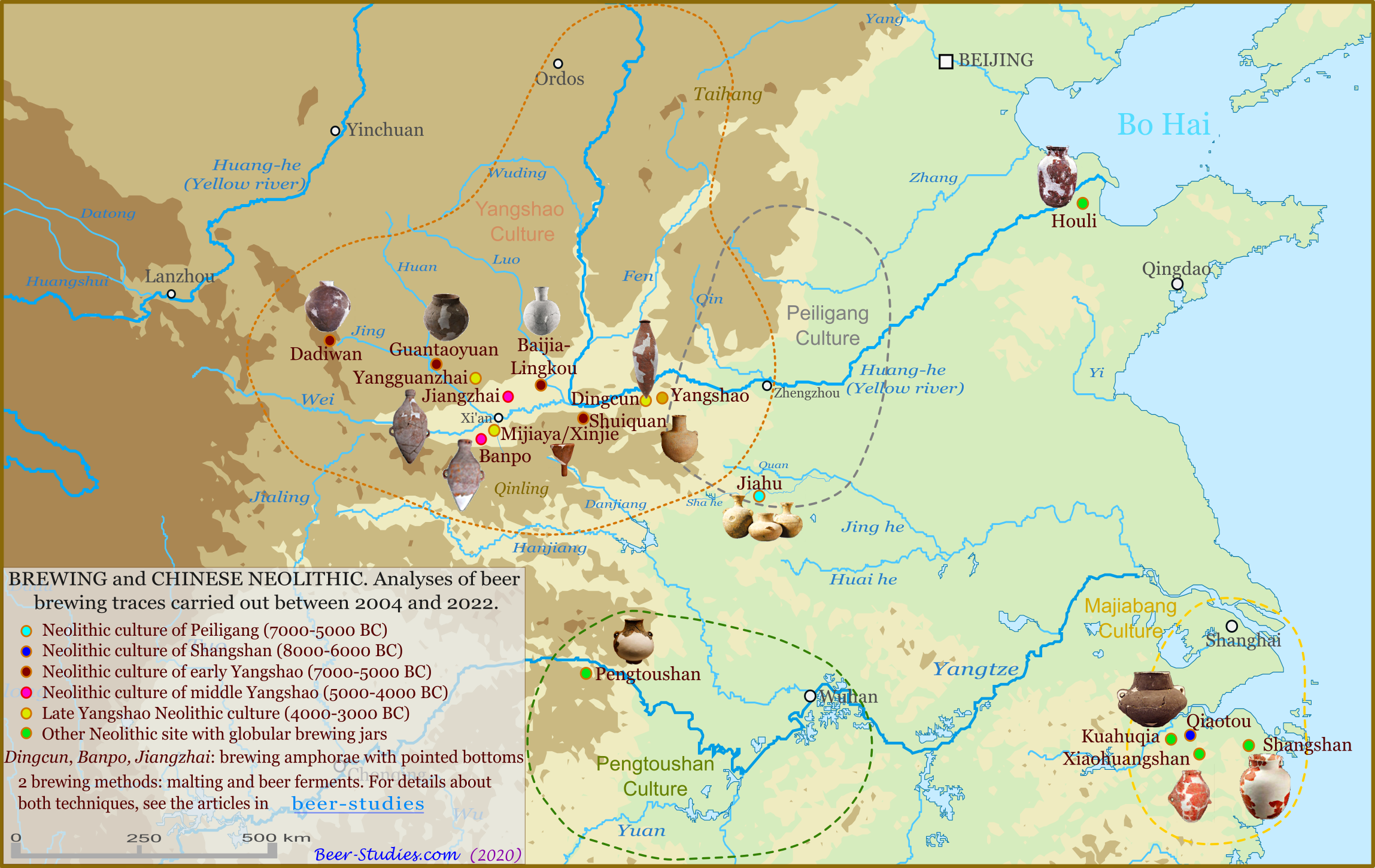
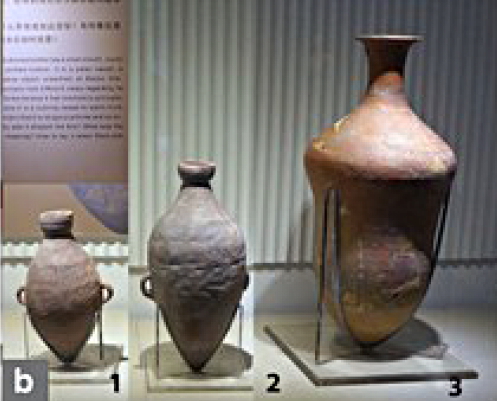

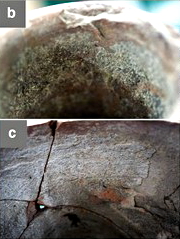
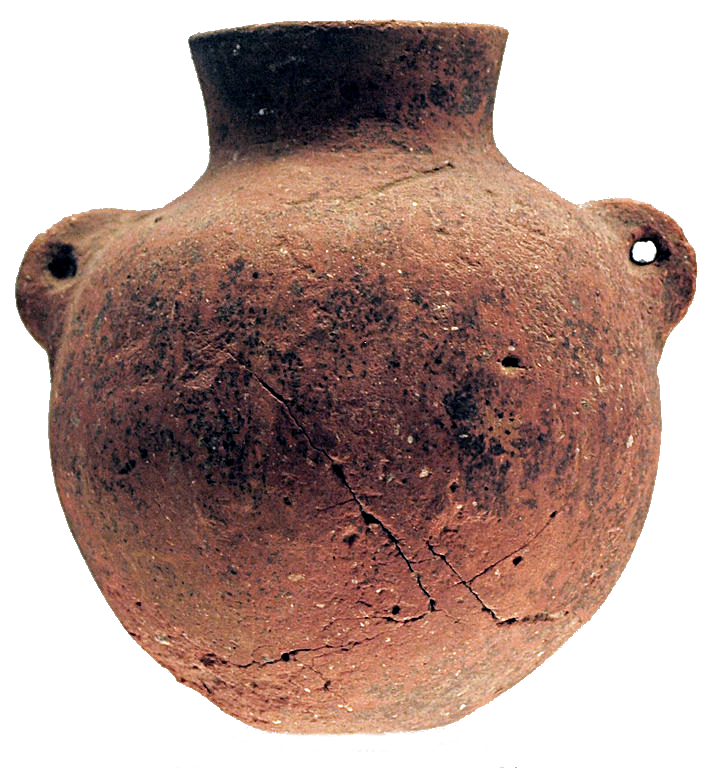

_jar.png)

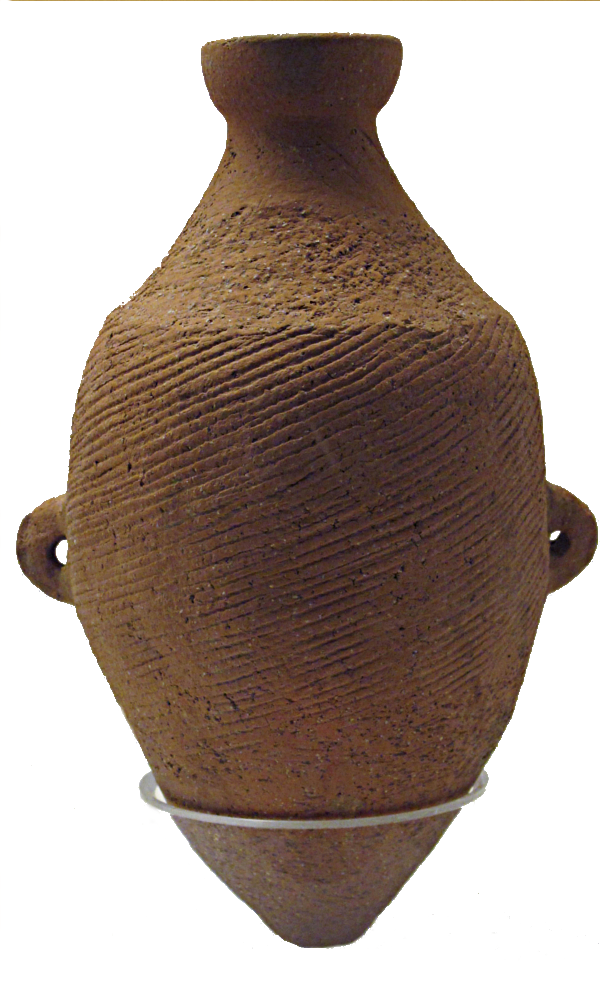
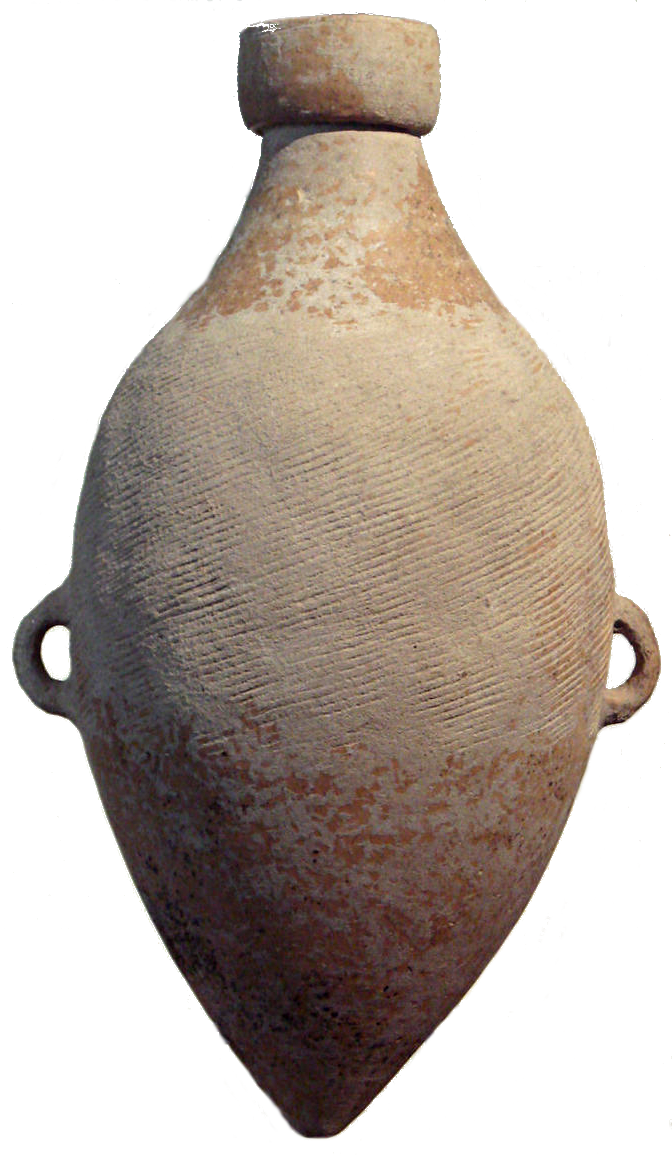

.png)
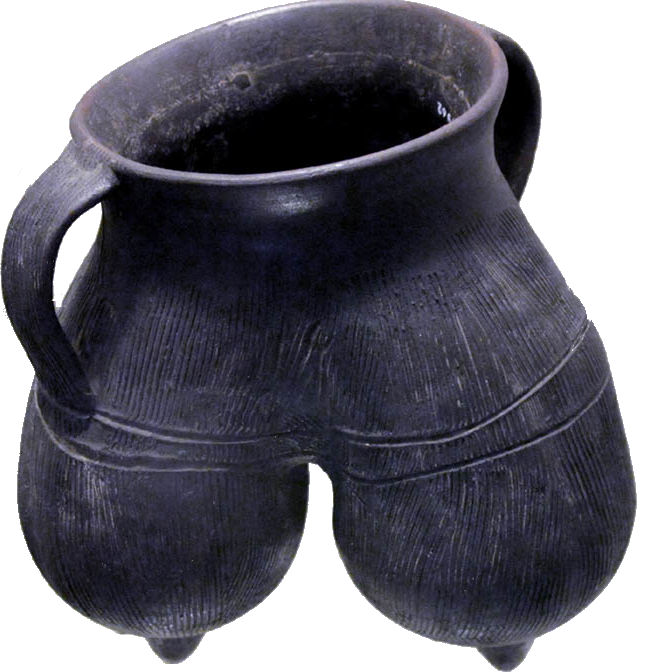
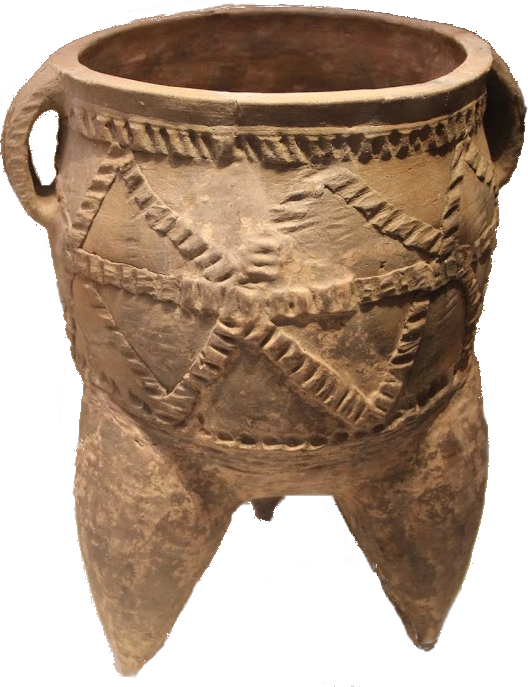
![Shang spouted beer Vessel (He) - 'Ya-X [clan sign] vessel made for Zhong Zi Xin' Shang spouted beer Vessel (He) - 'Ya-X [clan sign] vessel made for Zhong Zi Xin'](/images_histo_globale/Shang Spouted Wine Vessel (He) - 'Ya-X [clan sign] vessel made for Zhong Zi Xin' - Met Museum 49.135.12.png)

